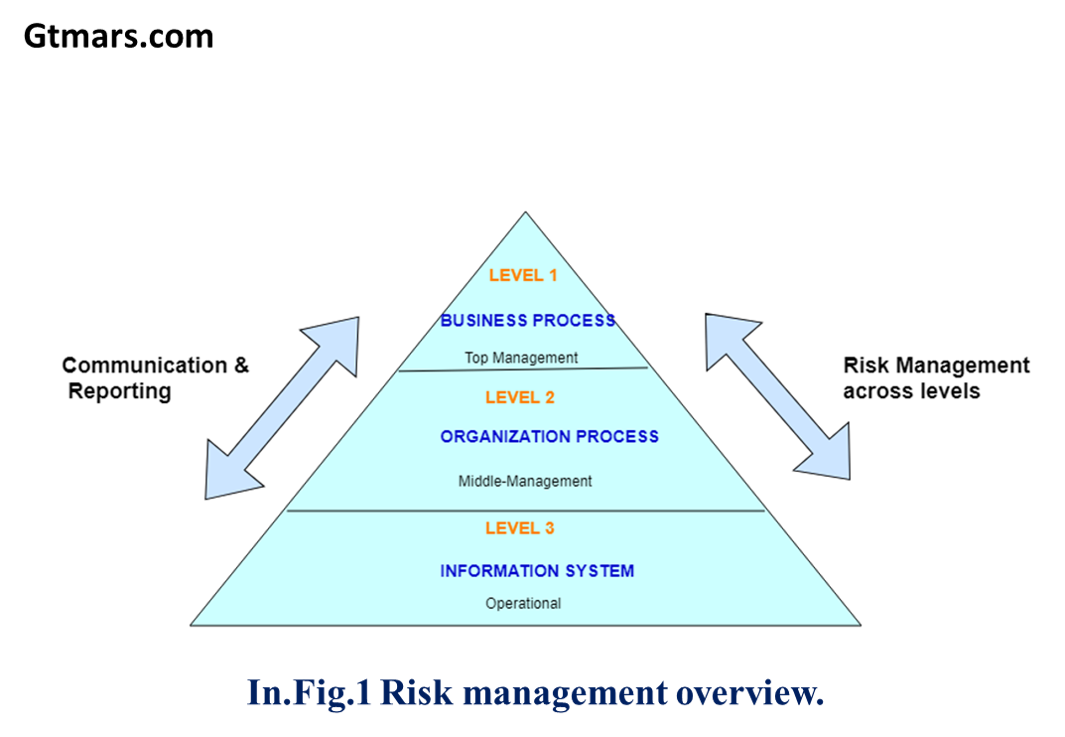This article describes the primary concepts associated with organizing and managing the system-related information security risk in organizations.
RISK MANAGEMENT OVERVIEW:
This section describes the primary concepts associated with organizing and managing the system-related information security risk in organizations. To undertake the Managing information on security and the privacy-related task is a complex, and it’s required a broad perspective which involves the entire organization from the Chief Technology Officer (CTO), Network Security Architect (NSA) providing the strategic vision and goals and objectives for the organization, to mid-level leaders planning, managing, and executing the visions, to associate level individuals developing, implementing, operating, and maintaining the organization’s strategic missions and business functions.

Copyright@Mr.Vic
Risk management is a reciprocal activity that includes mission and organization planning, network architecture, the SDLC processes, identify, evaluate, and prioritize risks followed by the application of resources to minimize, the control impact of unfortunate events or to maximize the realization of events.
The given below figure illustrates a multi-level approach to the organizational risk management flow. The communication between the business and organization is in bi-directional flow.
The actions conducted at Level 1 and Level 2 are critical to preparing the organization to execute the risk management framework. Allocating roles and responsibilities for organizational risk management processes;

Copyright@Mr.Vic
If any organizations that fail to define and implement an effective network architecture approach will probably have difficulty in consolidating, optimizing, and standardizing their I.T infrastructures in a timely manner and also in-adequate preparation by organizations which leads to network redundancy as well as inefficient business concepts, costly and vulnerable systems, services, and customer applications. Importance of Risk management: The importance of risk management is to identify the potential problems before it emerges usually, they occur unconditionally. It helps the IT managers to balance the CAPEX/OPEX costs in the organization and also take protective measures and gains much control power. Risk management consists of three processes as Risk assessment, Risk Mitigation, and Risk evaluation. So, that risk-handling activities should be planned accordingly and invoked as needed across the software product life cycle to mitigate adverse impacts to achieve the desired goals. There are seven well-defined steps to carry out the successful execution in risk management.
The steps are;
✔Prepare: To execute a framework based on organization and a system-level perspective by establishing a context and priorities it.
✔ Categorize: system information is processed, stored, and transmitted. ✔Select: An initial set of controls required for the system to mitigate risk. ✔Implement: Implement the organizational controls within the system. ✔Assess: To determine if the controls are implemented correctly and operating as expected and producing the desired outcomes to meet the security and privacy standards.
✔**Allow: **To authorize individuals, other organizations are acceptable.
✔ **Monitor: **It helps to highlight whether defined strategies are effective in the system. Integration of Risk management into SDLC:
#management #business #cloud-computing #security #organization
